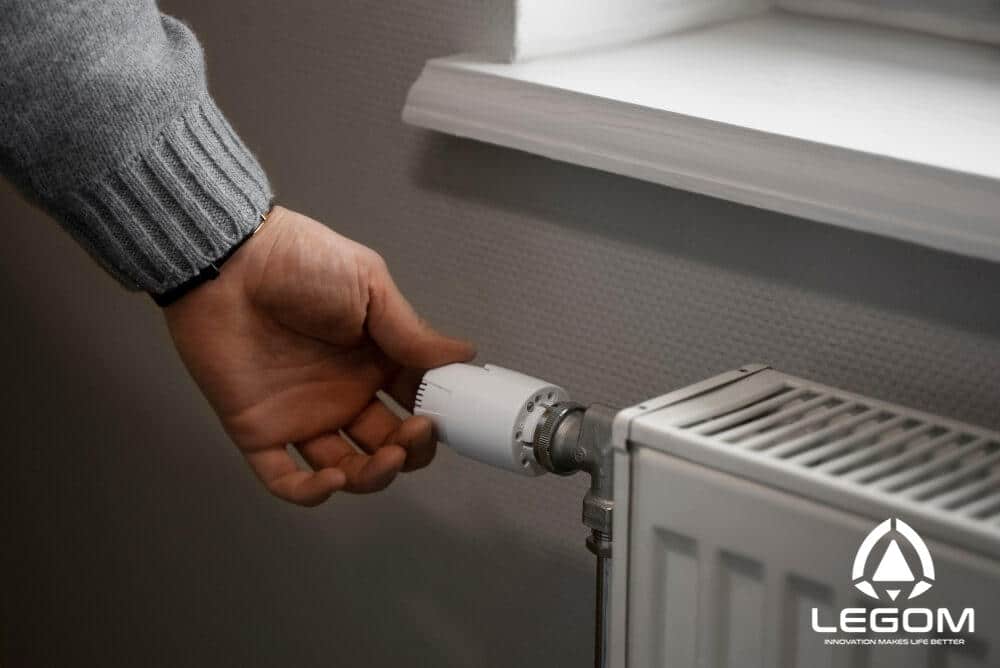
In heating a house, one popular way is to use radiators. Do you know, what is radiator? There are several reasons why this equipment is the choice of many homeowners, for example, it makes the home atmosphere comfortable, and easily adapt to the concept or decoration of your room. However, when you want to buy it, you may encounter several difficulties including the positive and negative sides of using a radiator. This will be an interesting discussion.
Contents
What is Radiator?
Some of you have heard of it and even know its function. Radiators are usually associated with heating or cooling systems. It is a device that works as a heat exchanger which is then tasked with moving this heat energy from one place to another (media) to heat or cool a room. In vehicles such as cars, the radiator is responsible for stabilizing the engine temperature so that it does not overheat.
In rooms in the house, radiators are considered energy efficient, so more and more people are interested in using them. You can also choose a radiator that absorbs less electrical energy, but by considering several factors. The goal is to achieve efficiency so that it saves energy.
You can start by choosing the type of radiators that are widely available. Generally, these companies will help you and guide you in choosing the type, model, material, how to calculate radiator BTUs, and several other considerations.
Radiator Types

Different situations in your home certainly influence the choice of radiator type. That’s why you need to know the many radiator options that you can consider.
For example, consider the kind of fuel in the radiator. You can also choose the constituent materials and its design. To have an idea about the types of radiators, you can read the following types of radiators.
Oil Radiator
This type is suitable for those of you who are looking for a radiator that is practical and has lower costs. It has a cavity that contains oil. The heating element will heat this oil on the metal panel using electrical energy. This radiator is more flexible than embedded radiators and users can control it independently.
Dual Fuel Radiator
This is a type of radiator that uses gas and electricity. The convenience you get when using this radiator is that you can use just one radiator to use the heating system. It will work to heat all areas in the house. This means you will save more.
Central Heating Pipe Radiator
In certain countries, this type is very popular such as in England. It consists of a metal panel with a cavity, then this cavity is a place for water to flow. The function of the boiler is to heat the water and distribute it to the area near the radiator via the installed pipe.
Electric Radiator
It resembles a pipe radiator, but the metal panel cavity contains thermos fluid which first goes through a warming process by a heat element connected to an electrical source. If your house does not have a fuel supply, this is the suitable type. Including if you plan to expand the area of the house by adding a room or attic without plumbing. The controller system is individual meaning it will suit various seasons. Like in summer, this season usually doesn’t require heating in all rooms. Only a few rooms or one room needs heating.
Pros and Cons
After knowing what a radiator is and its types, you can also learn the pros and cons related to this equipment. Before purchasing, you should also consider the installation and versatility. The following is an explanation of the pros and cons of using radiators.
Radiator Installation Costs
Operating Costs for Radiators in Your Home
You need to calculate the main gas costs which depend on the boiler capacity. With good home insulation, you can assume the total costs of central heating in your home. Over a year, you can estimate the costs.
Another con of installing radiators is that you will need a lot of experience, knowledge, and design related to this heating system. So you need to get the best service from expert staff and providers. But on the bright side, you don’t need to dismantle the floor when you want to remove, replace, or install it. Hence, it is a good step because you don’t have to pay extra costs.
Choosing professionals in this field means you will get convenience because they already understand HVAC systems. They provide good service in knowing how to install it, when to install it, cost, and how much it is needed. Additionally, while considering your options, it’s advisable to also evaluate underfloor heating as an alternative to traditional radiators, check the comparison between radiator vs underfloor heating first.
